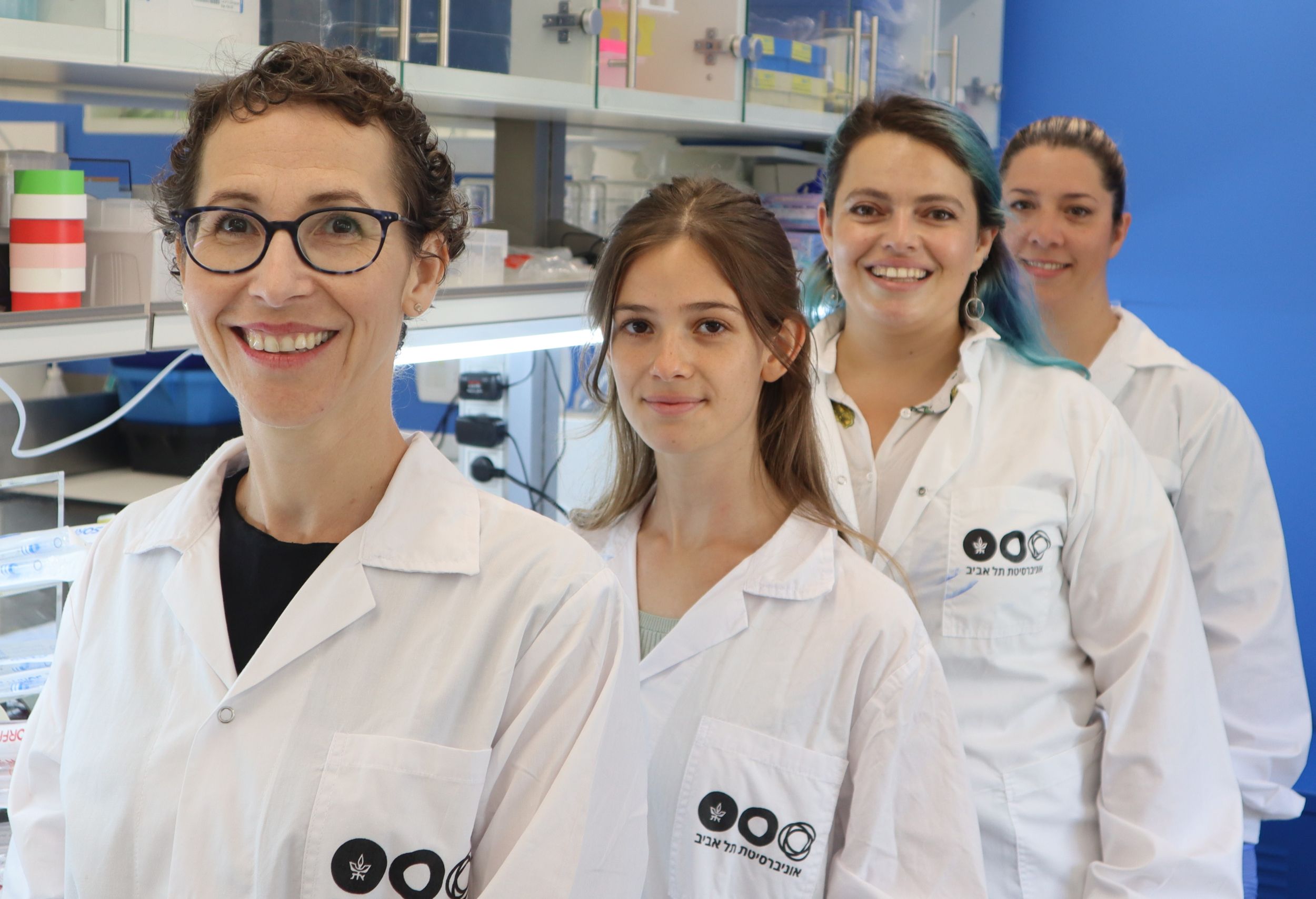Tel Aviv University: The Biological Mechanism of Pro-Social Behavior
What happens in your brain when you start to help someone in distress?
New research exposes the biological basis of empathy.
- An animal model study examined brain activity in people who need to help a friend in distress. The findings indicate that the brain activity that gives rise to one’s motivation to help only occurs when the “other” who is in distress is a member of one’s own group.
- The study’s findings demonstrate that helping a friend in distress relates more to a sense of group belonging and identity and less to expressing empathy for another’s difficulty and suffering.
Are mammals at all able to demonstrate empathy for one another, engage in pro-social behavior, and help others in distress? New research from the Tel Aviv University examined the issue based on an animal model (rats) and found that just as with humans, rats are also split into various groups with different indicators, to the point that they only come to the aid of members of their group but do not help rats from other groups.
The study’s findings demonstrate that rats engage the brain’s reward system when trying to assist a trapped friend. On the other hand, when the trapped rat is from another, unfamiliar breed, the rats do not help it and the brain’s reward system does not activate. Thus, a sense of belonging is the dominant factor that affects social solidarity and not empathy for the suffering and distress of others.
The study was led by Dr. Inbal Ben Ami Bartal of the School of Psychological Sciences and Sagol School of Neuroscience at the Tel Aviv University, in collaboration with Prof. Daniela Kaufer of the University of California and Berkeley as well as additional researchers from Stanford University and the University of Toronto. The study was published in the prestigious journal, eLife.
According to Dr. Ben Ami Bartal, the new study relied on a previous discovery that was published in the journal, Science, where it was found that rats show empathy for their peers and even rescue them from trouble and reaching out to help is as rewarding to them as eating chocolate. Later, additional research found that although rats love to help their peers, they only help members of their own group and not rats from other groups.
As a result, in the current study, the research team decided to examine what change in the brain causes this behavioral difference that leads the rats to only help members of the same group.
Dr. Ben Ami Bartal explains that during the course of the study, researchers used phosphoric markings to mark those neurons in the rats’ brains that were active when the rats were in the presence of the trapped rats. Similarly, the researchers recorded their cerebral activity by means of a calcium signal that is released when neurons are active.
Their findings are fascinating: Upon seeing the trapped rat, a system in the brain, similar to that seen in humans when they report feeling empathy, was activated.
Nevertheless, only when the rats discerned that it was a rat of their own breed did the researchers observe “helpful behavior” and action by the brain’s “reward system,” meaning – activation of a neural network that inspires motivation to perform acts that contribute to survival such as eating calorie rich foods.
Dr. Ben Ami Bartal: “This research shows that the reward system has an important function in helping behavior and if we want to increase the likelihood of pro-social behavior, we must reinforce a sense of belonging more than a sense of empathy. An additional study that we are currently conducting attempts to examine what happens in the brains of rats from different groups over the course of two weeks during which they live together and become friends, and how can we use artificial brain stimulation to cause the rats to show empathy for the plight of rats from another breed.”
Link to the article:
https://elifesciences.org/articles/65582








